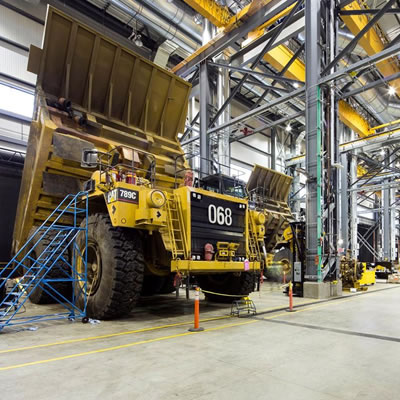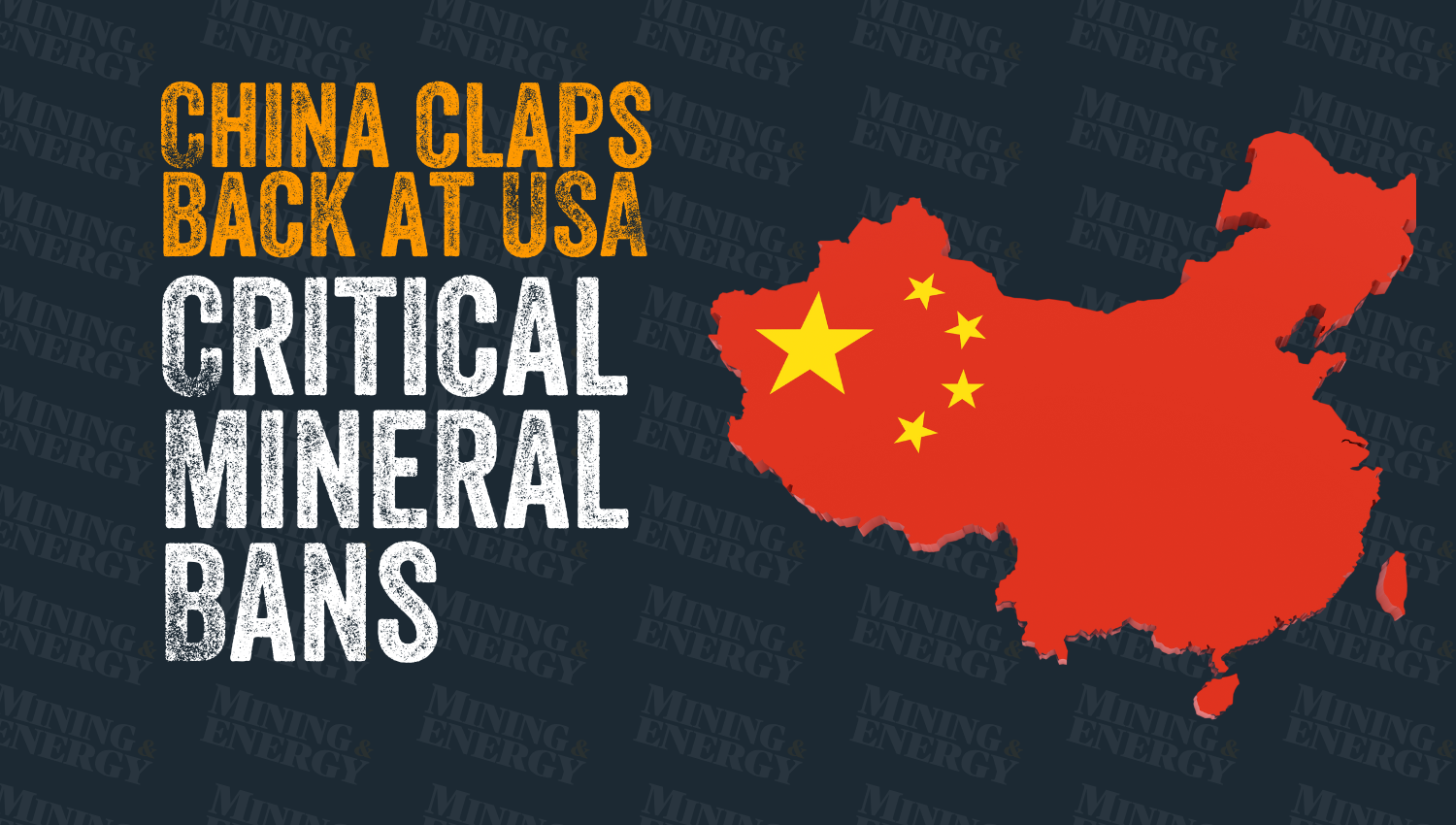Closures and reduced footprint for Finning in Western Canada

One of Finning's heavy equipment maintenance facilities in Northern Alberta. — Photo courtesy Stantec/Finning Finning International, the Caterpillar
One of Finning's heavy equipment maintenance facilities in Northern Alberta. — Photo courtesy Stantec/Finning
Finning International, the Caterpillar dealer in western Canada, has announced closures of facilities and a reduced footprint across western Canada. To improve efficiencies, reduce costs, and optimize service delivery to customers, Finning announced last week that it will exit 11 facilities in Western Canada. Combined with the previously announced closure of 16 facilities, the Company's footprint in Western Canada will be reduced by over 20% by mid to late 2016.
Q3 2015 HIGHLIGHTS FROM CANADIAN OPERATIONS:
- Revenues were down 16%, driven by a 35% decline in new equipment sales due to significantly lower demand from all sectors, particularly for core construction equipment in Alberta. Product support revenues were 3% below Q3 2014, mainly as a result of lower service revenues, as customers continued to postpone maintenance and in-source some service work to reduce operating costs. Rental revenues declined by 15% reflecting the slowdown in the short-term rental market.
- Compared to Q2 2015, revenues declined by 14%, as a 37% drop in new equipment sales was partly offset by a 5% increase in product support revenues, including a positive contribution from the Saskatchewan dealership.
- Gross profit margins declined in all lines of business, with the exception of service margins, which increased over last year as a result of the successful implementation of operational improvement initiatives. Difficult market conditions, customers' continued focus on cost reductions, and a weaker Canadian dollar have led to increased competitive pressures. These pressures were offset by the shift in revenue mix to higher-margin product support, which contributed 56% to Canada's revenue compared to 49% in Q3 2014.
- The Canadian operations announced additional cost reduction measures in response to weaker market conditions, including further rationalization of its workforce and facilities network. Q3 2015 SG&A included severance costs of approximately $12 million compared to $3 million in Q3 2014. Excluding severance, SG&A costs decreased almost 10% from Q3 2014, primarily due to workforce reductions, cost saving initiatives, improved operating efficiencies, and lower variable costs due to reduced sales activity. Since the end of 2014 and including the recent workforce reduction announcement of approximately 450 people, the Canadian operations will have reduced their workforce in 2015 by approximately 1,100 people or 20% to align its cost structure to reduced activity levels.
- To improve efficiencies, reduce costs, and optimize service delivery to customers, the Company announced that it will exit 11 facilities in Western Canada. The changes to the facility footprint follow a comprehensive review and are designed to support the Company in delivering on its commitment to earn customer loyalty by providing superior sales and service support. Combined with the previously announced closure of 16 facilities, the Company's footprint in Western Canada will be reduced by 600,000 square feet or more than 20% by mid to late 2016. Q3 2015 results include a $6 million loss related to centralizing the Canadian head-office operations into one building as part of cost reduction efforts. In Q4 2015, the Company expects to recognize up to $15 million in restructuring costs associated with the facilities optimization announcement.
- EBIT decreased to $34 million from $80 million in Q3 2014 reflecting significantly lower revenues and gross profit due to the market downturn, as well as higher severance costs and a loss on a building sublease. Excluding these items, Q3 2015 EBIT would have been $52 million.
- EBIT margin declined to 4.6% from 9.2% in Q3 2014. Excluding severance costs, and the loss on a building sublease, Q3 2015 EBIT margin was 7.0%. This was a sequential improvement from the adjusted EBIT margin of 6.5% in Q2 2015 (excluding $2 million of severance costs), and the adjusted EBIT margin of 5.8% in Q1 2015 (excluding $17 million of severance and facility closure costs), despite lower revenues which were down 14% from Q2 2015, and down 7% from Q1 2015.
- Invested capital in Canada increased by about $130 million from Q2 2015 due to the addition of the Saskatchewan dealership ($240 million purchase price). Excluding the acquisition, the decrease in invested capital levels from Q2 2015 was driven by lower accounts receivable and a reduction in equipment inventories. The Canadian operations continue to focus on reducing inventory to align with lower activity levels. Invested capital turnover declined to 1.92 from 2.05 in Q2 2015 due to lower revenues and higher average invested capital.




